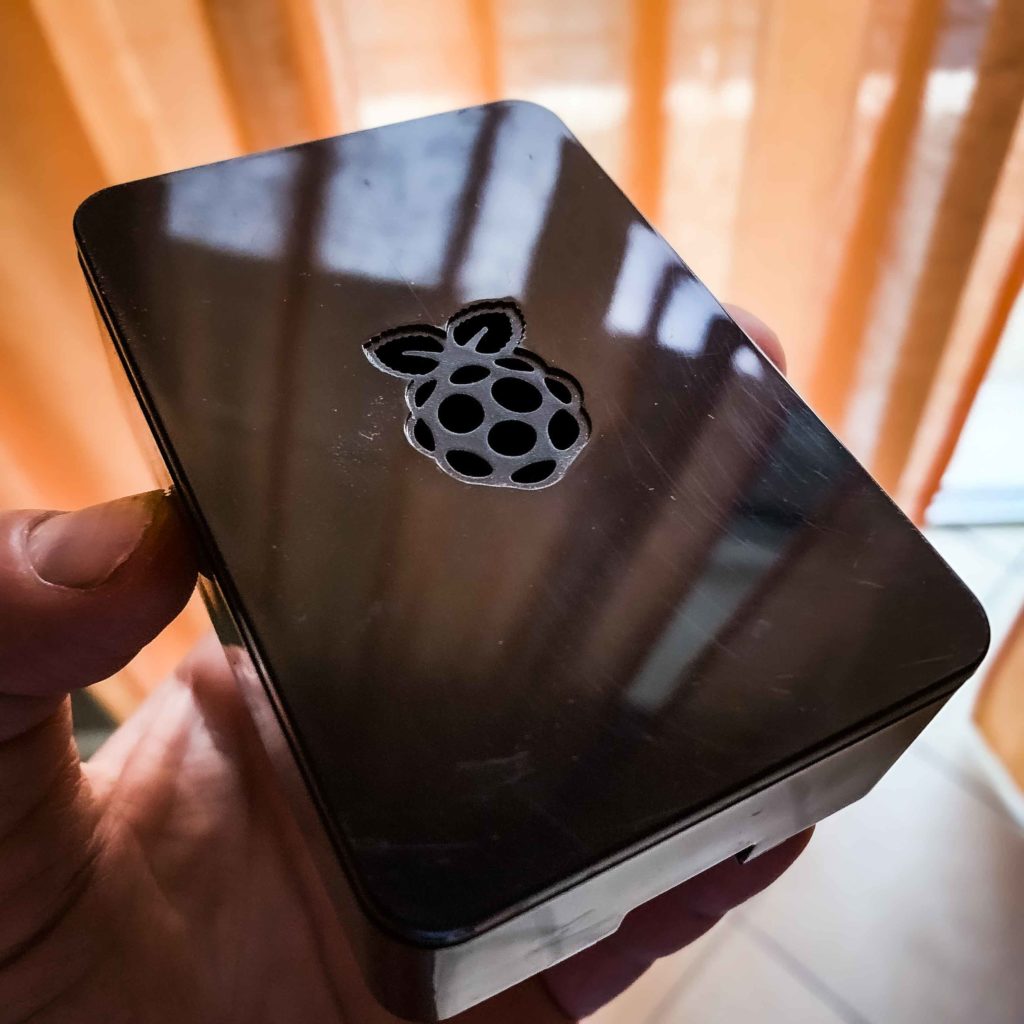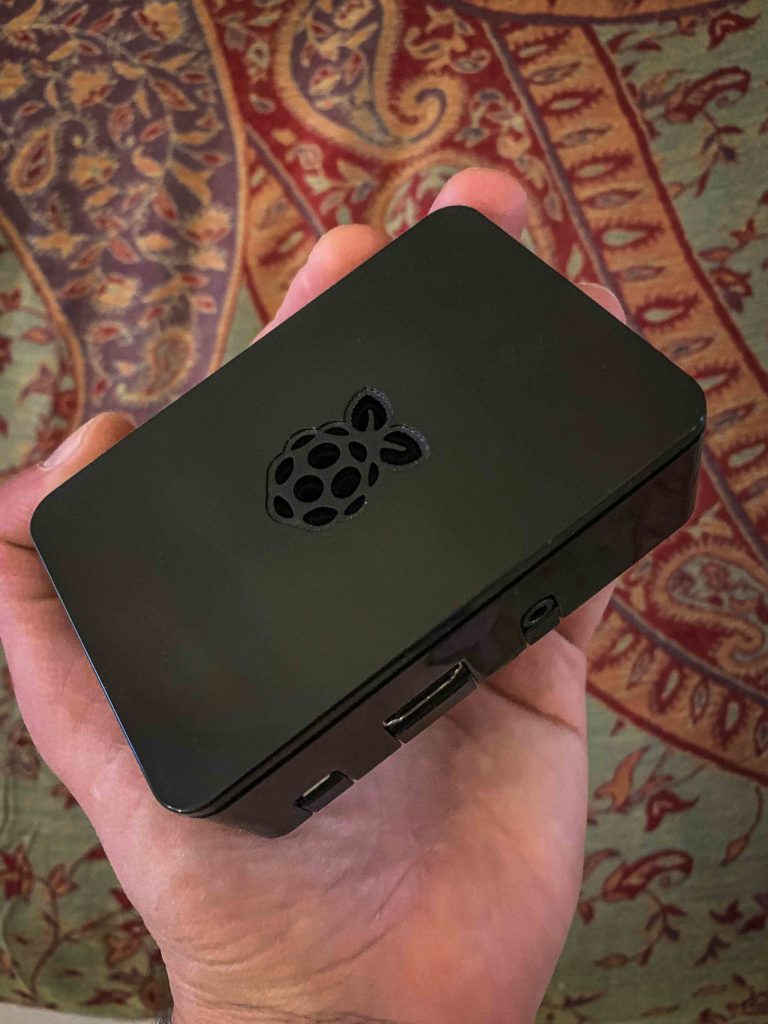When I was child, in the 80s, there was a magical place where you wached the boys play and when I was a boy you tried to pass the best score memorized. I’m talking about the “Games rooms” and the period of the arcade cabinets, a thriving and constantly growing market from the 70s to 2000 when the sector is scaled down and changes its target.
At the time, the best video games were first release in the “Arcade” version and thehome market of the computer and console could only to try to “copy” them with conversions vaguely resembling the original.
Having a cabin cruiser at home has always been a dream and the appeal of all that graphics and sound made you wonder.
Time goes on, the evolution of hardware continues and computers and consoles are becoming more and more powerful. The gap between arcade and consumer games disappears. The arcade market is being reduced and the cabinets are evolving into more complex and flashy structures. Many “Arcades” disappear. Today, most arcade cabinets are available in large entertainment centers such as bowling or playgrounds and no longer in small clubs or bars.
However, thanks to hardware evolution it was possible to emulate those wonderful games that over time they have maintained that appeal that made them so magical.
From the emulation, as not to remember the MAME, to homemade cabinates the passage was short. Today, it is possible to attend the birth of MAMECAB, recycled cabinets (when it is still possible to find them in good condition) or made from scratch with a growing market on spare parts (Jamma cards) and dedicated hardware (Pandorabox).
The world of emulation continues to grow and today, we are witnessing the fashion of mini-consoles.
Major console manufacturers have released a mini version of their most successful hardware on the market. They are easy to install, via HDMI and USB ports, and ready to use with a set of pre-installed games.
Nintendo, Atari, Sega, Sony but also SNK with the NEO GEO mini version (very popular console in the Arcade at the end of the 90s) are on the market with a moderate success and following of enthusiasts.
Recently, even personal computers debuted on the market with the THEC64 mini. On Amazon, you can also find the Sinclair ZX Spectrum version of Vega and in the near future it will be the turn of the Amiga, one of the most popular personal computer of all time.
Having a complete archive with all the ROMs and entertainment systems of the 80s and 90s is a difficult and complex. Online tools are not lacking, but, with the copyright issues, many sites have eliminated the archive of available ROMs.
Among the many solutions and offers there is one that I followed and that gave me so much satisfaction. A device, that is certainly mini and can be infinitely customized (unlike official products that are closed). The Raspberry Pi is a low-cost minicomputer (around 35 euros) that allows the execution of operating systems based on linux kernel or RISC OS.

RETROPIE 
RETROPIE
The producer, Raspberry Pi Foundation, has promoted the development of a version of Raspbian (Debian based operating system for ARM architecture) called Retropie dedicated to the world of retrogaming.
it is possible to have an advanced and perfectly configured emulation system by loading one of the many images (available on the web searching for “iso retropie”) on an sd.
You can then customize it via software, for example by adding new systems and roms, or via hardware by adding new components such as a case (there are some nice ones that recall mini-consoles like NES and SNES), touch displays and controllers.
I just have to greet you and leave you to the following videos, it’s the best thing to make you understand what I’m talking about.